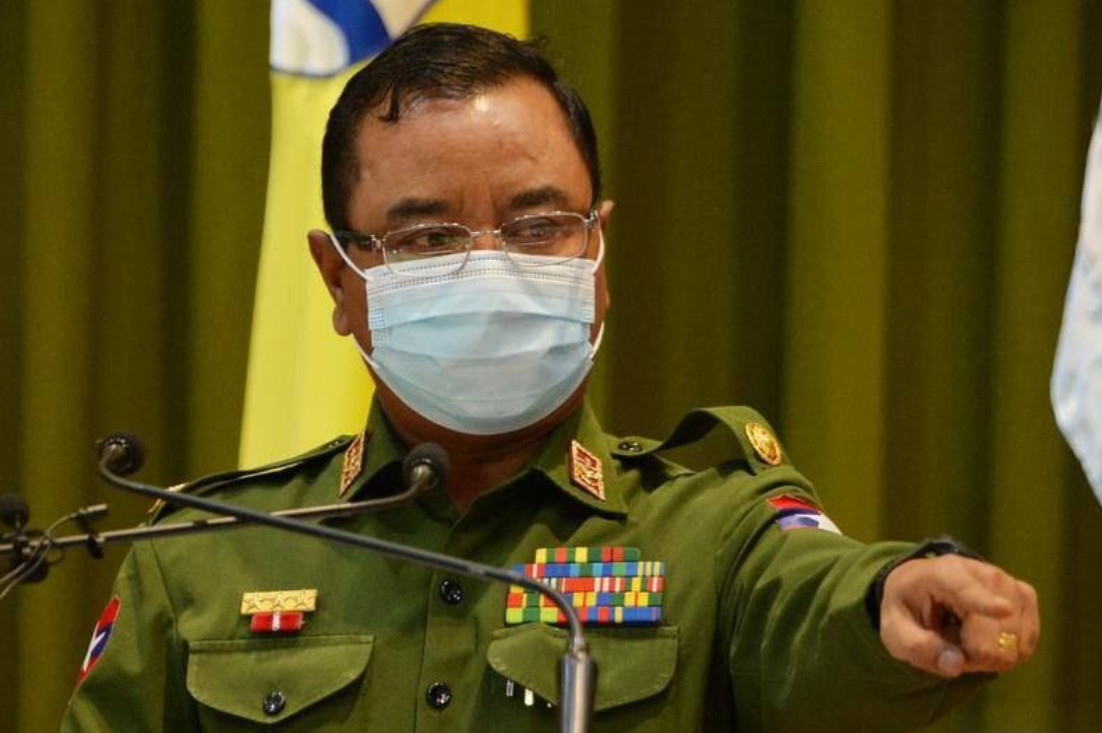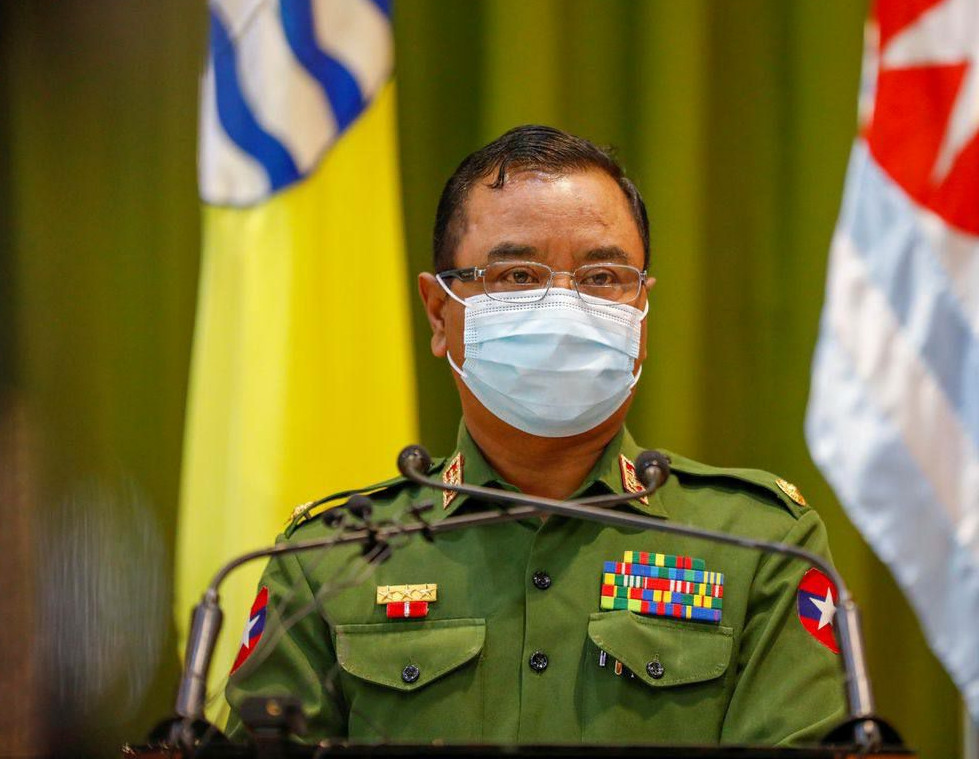






Have you ever wondered how seemingly unrelated events across the world can be interconnected? The intricate web of global event patterns is a fascinating subject that unveils the hidden connections shaping our world.
In this article, we’ll delve into the realm of these event patterns, unraveling their significance and exploring the ways they influence our lives. So, let’s embark on a journey to connect the dots and discover the underlying threads that tie together the tapestry of global occurrences.
The phenomenon known as the Butterfly Effect exemplifies the idea that a small occurrence in one corner of the world can lead to significant consequences elsewhere. Much like a butterfly’s wings causing a chain reaction that eventually results in a hurricane halfway around the globe, seemingly minor events can trigger a series of reactions that shape larger events.
Ripple effects, on the other hand, highlight the interconnectedness of local and global events. A protest in one city can inspire similar movements worldwide, showing how a singular event can resonate across borders, fueling a wave of change. Synchronicities, often dismissed as mere coincidences, might hold deeper meaning as they connect people and places in unexplainable ways.
The Domino Effect takes this interconnectivity further, illustrating how one event can set off a chain of events with far-reaching implications. It’s a reminder that our world is a delicate balance of causes and effects, where each action can contribute to a larger narrative.
The Forces at Play
Technological advancements play a pivotal role in shaping global event patterns. The rapid dissemination of information through digital platforms can amplify the impact of an event, making it known worldwide in a matter of seconds. Socioeconomic factors, such as economic disparities and shifting demographics, also contribute to the dynamics of global events. An economic downturn in one country can trigger a series of repercussions felt across continents.
Environmental influences, too, play a significant role in global event patterns. Natural disasters, climate change, and resource scarcity can set off a chain of events, from humanitarian crises to diplomatic tensions. Cultural dynamics, including religious and ideological differences, can either foster unity or become the root cause of conflicts.
Case Studies
Consider the 2008 financial crisis that originated in the United States and sent shockwaves throughout the global economy. The collapse of major financial institutions had a cascading effect, leading to job losses, market crashes, and a prolonged recession felt across continents. This case highlights how an event in a single sector can trigger a domino effect with far-reaching consequences.
Similarly, climate catastrophes like hurricanes and wildfires transcend borders, demonstrating how environmental events can have global implications. The increasing frequency and severity of these events underscore the need for international cooperation to address climate change.
